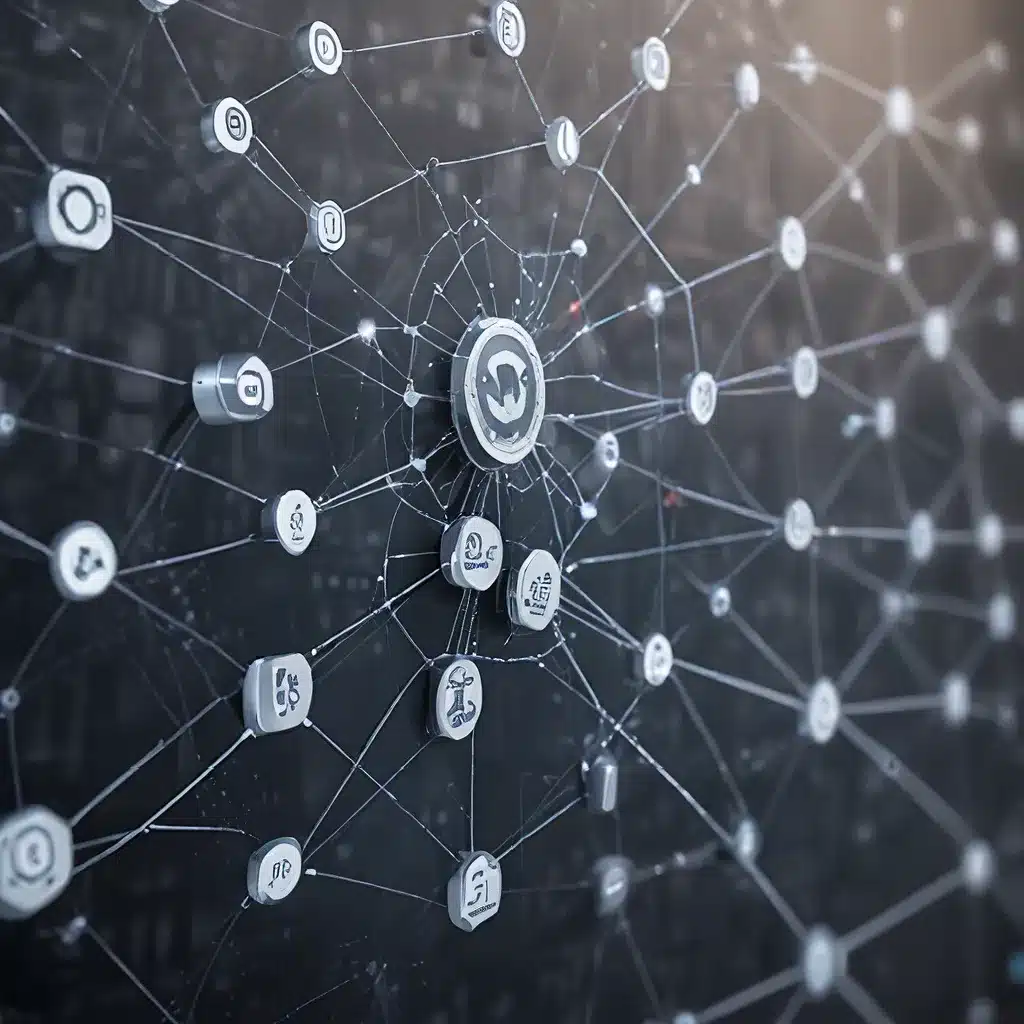
As the Internet of Things (IoT) continues to rapidly expand, with billions of connected devices collecting and exchanging vast amounts of data, the need for robust security measures has become increasingly critical. In the IoT ecosystem, sensor networks play a pivotal role, serving as the foundation for data acquisition and transmission. Ensuring secure access to these sensor networks is paramount in safeguarding the entire IoT infrastructure.
Addressing the Challenges of IoT Security
The proliferation of IoT devices has brought about a significant expansion of the attack surface, making the ecosystem increasingly vulnerable to cyber threats. Poorly secured IoT devices can be exploited by hackers to gain unauthorized access, disrupt operations, and compromise sensitive data. The 2016 Mirai botnet attack, which leveraged insecure IoT devices to conduct a massive distributed denial-of-service (DDoS) assault, serves as a stark reminder of the potential consequences of neglecting IoT security.
To mitigate these risks, organizations are exploring innovative approaches to access control within sensor networks. Authentication, authorization, and access management are critical components in ensuring the integrity and confidentiality of IoT data. By implementing robust access control measures, businesses can safeguard their IoT ecosystems from unauthorized access, data breaches, and malicious activities.
Innovations in Sensor Network Access Control
One of the most promising advancements in IoT security is the integration of blockchain technology into sensor network access control. Blockchain’s inherent decentralization and immutability make it an attractive solution for securing IoT communications and transactions. By leveraging blockchain-based access control, IoT devices can authenticate themselves and authorize access to sensor data, reducing the risk of unauthorized access and tampering.
Additionally, the adoption of biometric authentication in IoT devices is gaining traction. By incorporating fingerprint, facial recognition, or other biometric modalities, IoT devices can ensure that only authorized users can access and interact with the sensors. This approach enhances security by reducing the reliance on traditional password-based authentication, which is vulnerable to various attacks.
Another innovative approach to sensor network access control is the utilization of software-defined networking (SDN) and network function virtualization (NFV). These technologies enable dynamic and programmable control over network infrastructure, allowing for granular access management and the enforcement of security policies across the IoT ecosystem. By centralizing the control and configuration of network elements, organizations can effectively monitor and regulate access to sensor networks, mitigating the risk of unauthorized access and data breaches.
Securing the IoT Ecosystem with Energy-Efficient Solutions
As IoT devices continue to proliferate, energy management has become a critical concern. Energy-efficient sensor network access control solutions are essential to ensure the long-term sustainability and scalability of IoT systems. Researchers and developers are exploring innovative techniques, such as energy harvesting, low-power communication protocols, and dynamic resource allocation, to optimize the energy consumption of IoT devices while maintaining robust security measures.
For example, low-power wide-area network (LPWAN) technologies, such as LoRaWAN and Sigfox, enable energy-efficient data transmission over long distances, making them well-suited for remote sensor deployments. By leveraging these LPWAN protocols, IoT devices can conserve energy while still maintaining secure access to the network.
Moreover, the integration of machine learning and artificial intelligence into IoT access control systems can contribute to improved energy efficiency. By adaptively managing network resources and dynamically adjusting security measures based on real-time data, these intelligent systems can optimize energy consumption without compromising security.
Embracing IoT Standards and Frameworks for Secure Sensor Networks
The development of industry-wide IoT standards and frameworks plays a crucial role in ensuring the interoperability and security of sensor networks. Organizations like the Open Connectivity Foundation (OCF), Industrial Internet Consortium (IIC), and AllSeen Alliance are leading the charge in establishing common protocols, architectures, and best practices for IoT deployments.
These standards and frameworks often incorporate security-focused features, such as device authentication, data encryption, and access control mechanisms. By adhering to these industry-recognized guidelines, IoT solution providers can ensure that their sensor network designs are aligned with the latest security best practices, providing a robust foundation for the IoT ecosystem.
The Future of Sensor Network Access Control in IoT
As the IoT landscape continues to evolve, the importance of secure sensor network access control will only continue to grow. Emerging technologies, such as quantum computing, edge computing, and 5G/6G communications, are poised to revolutionize the way IoT systems are designed and secured.
Quantum-resistant encryption algorithms and post-quantum cryptography will be crucial in safeguarding IoT data against the potential threat of quantum-based attacks. Edge computing, which brings data processing and analysis closer to the source, can enhance the security and privacy of sensor networks by reducing the attack surface and minimizing data exposure.
Furthermore, the deployment of 5G and 6G networks will enable faster, more reliable, and more secure communication between IoT devices, empowering sensor networks to transmit data with greater efficiency and resilience. These advancements, coupled with the continuous refinement of IoT standards and frameworks, will shape the future of secure sensor network access control, ensuring the long-term viability and trust in the IoT ecosystem.
Sensor-Networks.org is a dedicated platform for professionals, researchers, and enthusiasts in the field of sensor networks and IoT. Stay informed about the latest developments, industry trends, and best practices in sensor network access control and IoT security.